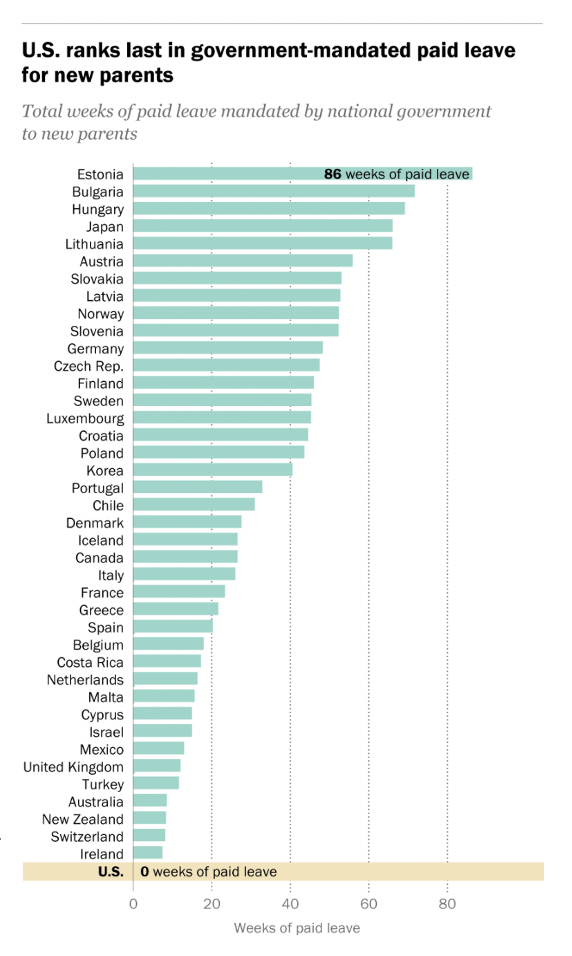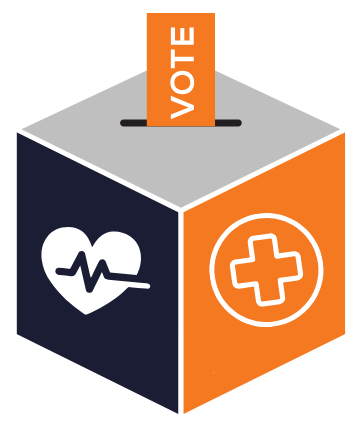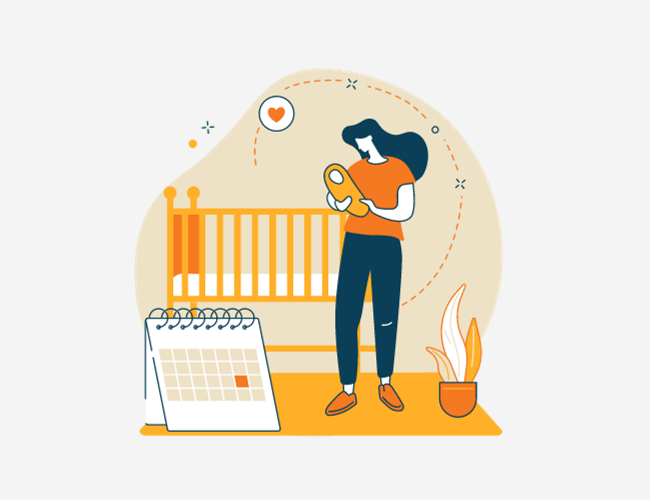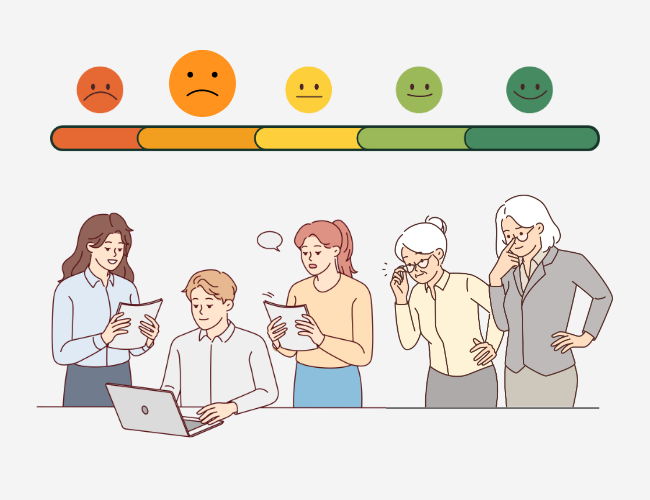According to a Pew Research poll, 72% of mothers with children 18 months or younger work part- or full-time—up 21 percentage points over the past half-century.
For these working women, paid leave is critical. A recent systematic analysis found that paid maternity leave is associated with mental and physical health benefits for mothers and their children, including a decrease in postpartum depression, improved infant attachment, a decrease in infant mortality, and a reduction in mother and infant rehospitalizations.
Despite this, U.S. policy has yet to adapt. Of the 41 countries included in the Pew survey, the U.S. was the only one not to provide a government-mandated paid parental leave program.

To address this problem, President Biden proposed “The American Families Plan” in early 2021. The proposal would have set aside $225 billion to provide three months of paid family and medical leave for workers after having a child as well as for rehabilitating from an illness, caring for a disabled relative, or dealing with a partner’s military deployment. Unfortunately, not more than five months after it was introduced, paid family leave was dropped from the larger “Build Back Better” framework in which it was originally included.
After learning about the administration’s change of plan, cofounder of theSkimm, Danielle Weisberg, turned to social media to express her disappointment. In her Instagram post, she stated, “To continue to be a competitive, modern, and at all equitable society—we need to get our sh** together when it comes to how we support parents.”
In response, she received hundreds of messages from mothers sharing their experiences with inadequate maternity leave. Weisberg stated:
“One mom shared that her company’s COO asked what parental leave was. And she works at a healthcare startup. One parent told us that she returned to work full time before her NICU babies were discharged from the hospital because she ran out of leave time. Another works as a county prosecutor. She did not have one single day of paid maternity leave, despite having three children in 30 months, plus a miscarriage.”
Realizing the post resonated with her followers, Weisberg encouraged them to follow her lead and take to social media with the hashtag #showusyourleave. The hashtag caught fire, and not just with new mothers struggling to balance their parental roles with their company’s paid leave policies. Several hundred companies responded by declaring their support for the movement and sharing their leave benefits. By providing far more than a few weeks of paid leave, these companies are setting the bar high. Pinterest, for instance, offers leave for newborn intensive care unit (NICU) stays, adoption, bereavement due to pregnancy loss, childcare obligations related to COVID-19, and flexible work arrangements.
Similarly, Morgan Stanley expands on the typical parental leave policy by offering paid leave to care for a seriously ill family member; financial coverage for fertility, adoption, and surrogacy; and family support days for backup child or adult care and tutoring.
Takeaway
While these offerings are far from the norm, they show where companies are heading. More importantly, they reveal what employees expect and the power of their demands to influence company policy. To offer competitive parental leave benefits, businesses will have to come as close as they can to the full suite of offerings provided by the likes of Pinterest and Morgan Stanley.
This movement is unlikely to be the last of its kind. Companies should expect similar events over in coming years for other benefits. To avoid being caught empty-handed, it’s important to start beefing up your organization’s benefits package now.












